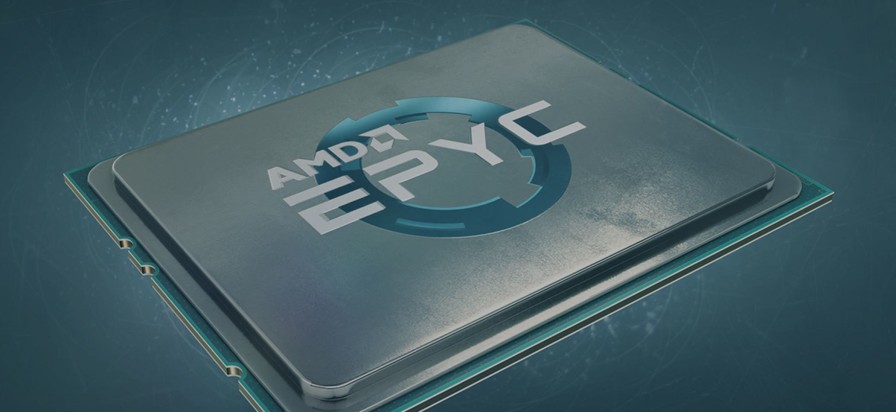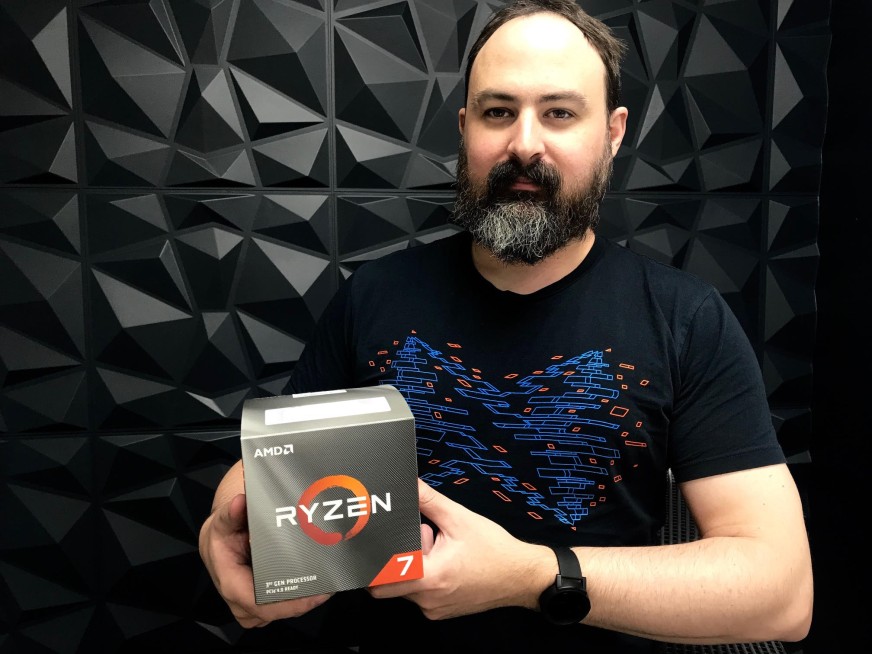At the end of last year, I wrote an article about our new AMD EPYC CPUs and how excited we were to have them on our servers. It is now almost a year later and I have to say we have not been disappointed. The ability to scale up core counts elastically works really well and the high density CPUs are very cost effective, making it easier to choose appropriate CPUs to their density requirements.
In the meantime, AMD hasn’t been sitting still and in her keynote at Computex 2019, AMD’s CEO Lisa Su, revealed some interesting insights and updates on chips, including the EPYC Rome and Ryzen processors. Which was great news for us because we’re always eager to get our hands on new systems and we are proud to say that one of the Ryzen CPUs has already made its appearance on one of our team’s machines!
But let's have a look at some of the insights and updates.
EPYC processors
Since their introduction in 2017, we have seen a growing number of companies adopting EPYC processors with Microsoft using EPYC in Azure and offering clusters with up to 10,000 EPYC CPUs. These clusters are able to simulate massive tasks and Lisa Su announced that one of their (unnamed) customers even reported a stunning 7,500-fold performance improvement using the new cluster. Other companies that adopted EPYC include Baidu and Tencent, plus another 70+ EPYC instances on production right now.
AMD EPYC vs Intel Xeon
At Computex, Su also gave a public demonstration of the new EPYC server platform performing against an Intel Xeon powered server. The EPYC processor - which only costs half the price of the 10,000 dollar Intel Xeon processor - was not only two times faster, but also a lot more reliable than its main rival.
Forrest Norrod, Senior Vice President and General Manager of AMD’s Datacenter and Embedded Solutions Business Group, further explained:
That simulation was a simulation of nanoseconds of that progression of molecule (from protein) with 92,000 atoms and that it is such an incredibly complicated thing, that even the speed of EPYC can only simulate about 20 nanoseconds a day. But that’s twice as much as our “Cascade Lake”. So, twice the performance on “Rome” than our previous generation.
The world’s first PCIe 4.0 GPUs
AMD also unveiled RDNA, the brand for the Navi gaming architecture and gamers were very pleased to witness the preview of the all-new 7nm Navi-based Radeon, which will be the world’s first PCIe 4.0 enabled gaming GPU. Navi has faster clock speed and lower power consumption compared to AMD’s previous Graphics Core Next (GCN) architecture and Sony already announced it will power their PlayStation 5 with AMD and Navi.
Ryzen 3000 family
Ultimately, the focal point of Lisa Su’s keynote was the 3rd generation Ryzen CPUs, also known as the Ryzen 3000 family. It covers from high-end to low-end CPUs, making them available to a multitude of buyers. These stellar processors are the first mainstream desktop processors that can hold up to 16 core with 32 threads, 4.7GHz of boost frequency, 72 megabytes of total cache and surprisingly only 105W of power consumption.
When we compare these performances to the previous generation, the improvements are a whopping double-digit! A significant achievement in the computing ecosystem. All thanks to Zen 2 architecture which acts as the backbone of the Ryzen 3000 series, making it the most capable and highest clocked chip in the world due to an amazing balance of power and performance.
Something to look forward to
As the computing demands of our digital world continue to rise, we all want to have access to the most modern and advanced engineering available and I think the AMD CPU updates are the right answers to the stagnant progress of hardware processors. AMD has shown that it’s able to continuously advance its technology without compromising TDP (Thermal Design Power) or budget limits.
And if we have to believe Lisa Su, this won’t be the end:
We view it as a significant product cycle, and as we go three to five years forward, we have a lot of things in the hopper. We’re working on many, many products.
To me, that sounds very promising.


